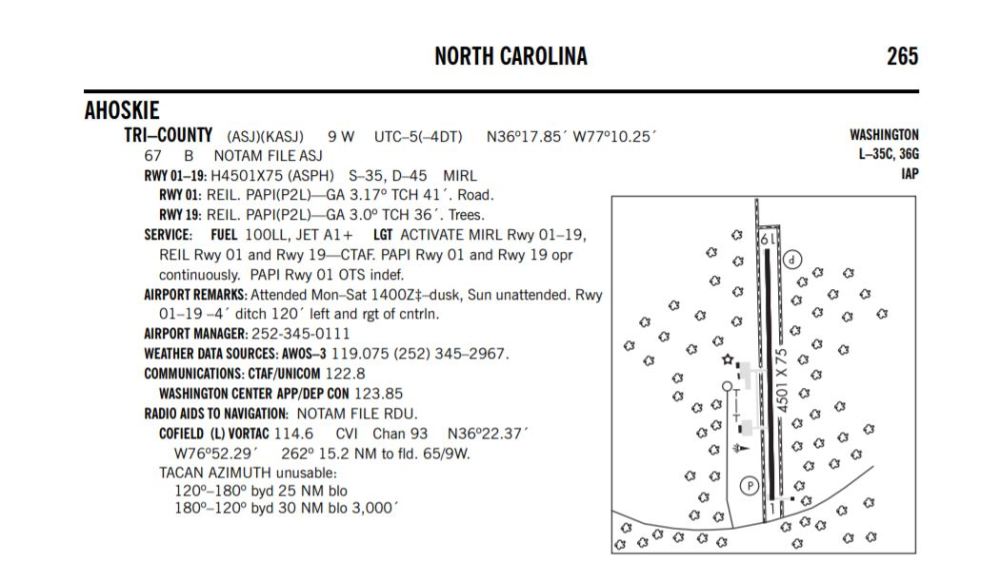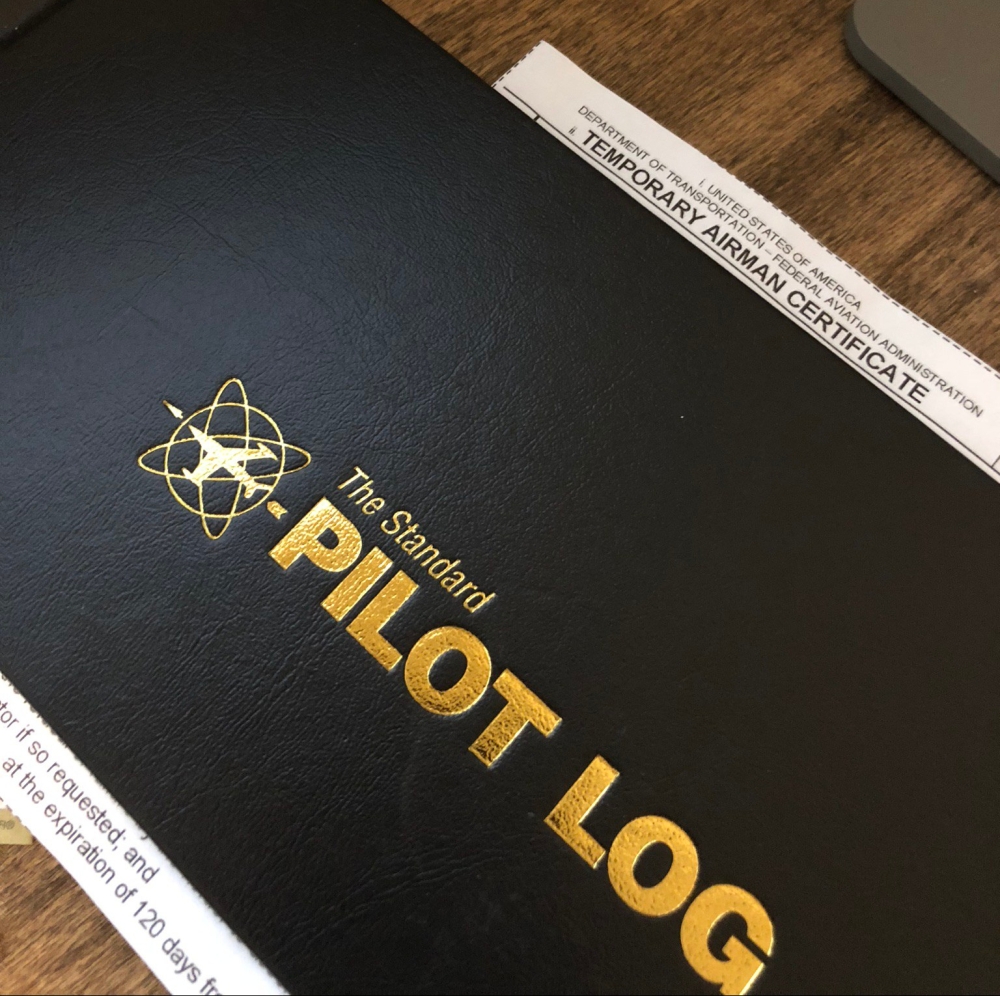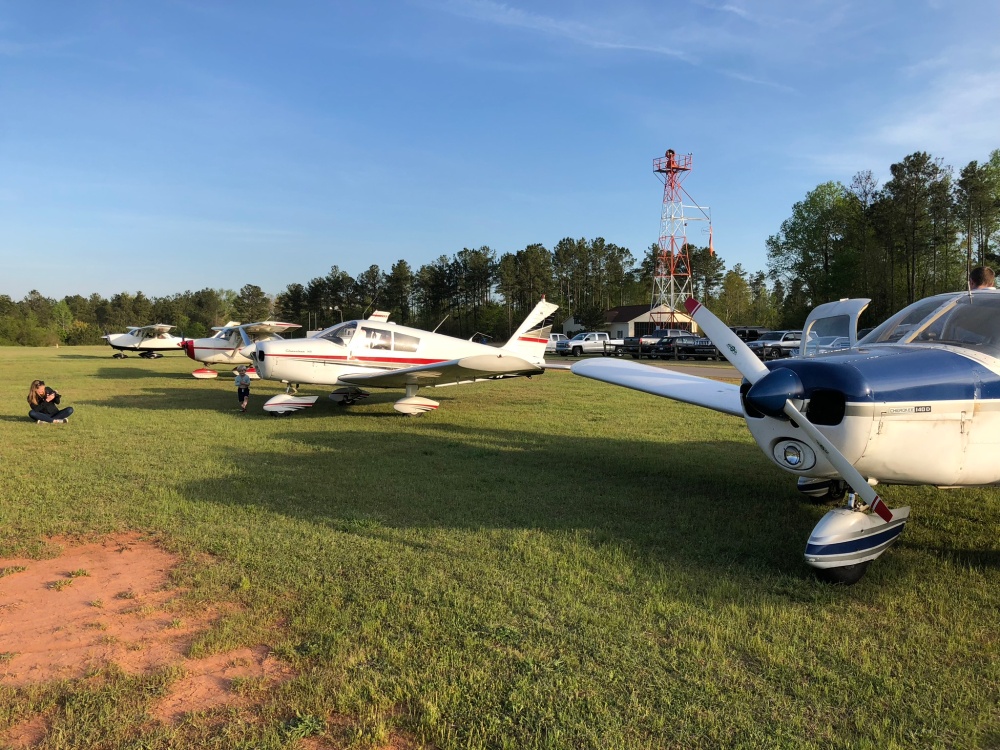If you haven’t kept us with us via either social media or the celebrity news outlets, you may have missed the news… I’m a pilot.
This officially happened on April 14th, 3 months and 1 day after we brought N63472 back to our field. I can also tell you that in the three short weeks that I have had my ticket, I have already been on some fantastic trips, many worthy of their own post (see the $100 BBQ post). Just to tease you, I’ve gotten to fly many great sunsets, float around in a 1940’s tail-dragger, travel to South Carolina for work (in my plane!), and fly down the NC coast in a Cirrus SR-22, a true dream machine. For this post, however, I’ll focus on the days leading up to the checkride, the exam itself, and then the giggity ride back to home base.
In the weeks after my cross-country solo, I went through everything I learned in training. Then, I did it again and again. Short field takeoff, soft field takeoff, steep turns, power-on stalls, power-off stalls, emergency descents, emergency landings, turns around a point, unusual attitudes, slow flight, short field landings, soft field landings, no flap landings… It crazy, looking at it from the beginning, it was daunting. But just like any other challenge, as soon as you complete it, your perspective changes. Typing it out just now, I know that I could easily pull-off each of those maneuvers in a moment’s notice (in my plane).

I scheduled the checkride a solid 2 weeks out, which is actually not all that far. In most parts of the country, checkrides are booked over a month in advance due to lack of DPEs (Designate Pilot Examiners). The only wildcard was the weather. I religiously checked the forecast, which shifted from rain to sunshine, then tornados and earthquakes, back to rain, and then finally settled on a descent VFR day. Two days out, I knew it was a go.
The morning of the checkride, I got my coffee and breakfast, got to the airport early, and went over all of my paperwork and planning with my instructor. One of the most important parts of the exam is just having all of your parrots in a row in terms of paperwork. Making sure the student license matches the medical exam matches the application, etc… The second paperwork item is the flight planning. Going over a prepared flight plan and then going through the steps on how you made your flight plan is a part of the exam as well.
Let’s chat for a second about the infamous private pilot checkride. There are two portions of the checkride. The first portion is the oral exam, which happens before you ever step in the plane. This can take anywhere from half an hour to half a day depending on a variety of factors. The biggest are your knowledge of the material and your score on the written exam. He is required to quiz and discuss every question missed on my written exam. Once you have gone through paperwork and logbooks, discussed all of the oral exam topics, and convinced the examiner that you have some idea what’s going on, you then get to fly. If you fail the oral for some reason, you will not get to move onto the flying portion. Now, from what I’ve gathered, 1.5 hours seems to be the standard for time in the air during the actual checkride. During the flight, the student pilot has to do a variety of maneuvers (all of which I listed above) and complete them within a certain margin of error. Do these and get back on the ground safely, and you’ve got your ticket to ride.

So, back to April 14th… After we confirmed all of the paperwork was in order, we set off for Tri-County airport, just a quick one-hour flight from our field. We landed, taxied to the small FBO (airport terminal), and met Henry. Henry is an exam machine. This guy has given more exams to more students in the past few months alone than I knew students existed. I’m fairly certain that as soon as he sees you land at his small airport, he can assess whether or not you’ve got what it takes. After I got setup in his office with all of my plans, logbooks, and needed credentials, we got started with the oral portion. I was lucky enough to have scored a 95% on the written back in January. So, the first words out of the examiner’s mouth when I handed him my test score was, “This will be a very short oral exam.” I immediately felt a bit of relief.
That being said, Henry definitely found ways to throw me off. He knows that you know the material. You wouldn’t be there if you didn’t. What he’s really looking for is how you arrive at your answers. Did you really think this through? Is that your answer because the FARs say so, or is that the answer because it should be the answer? And what about this? The FARs don’t say anything about this… Me, always tending to be a bit long-winded with my answers, dug myself plenty of holes for Henry to throw me into. In the end, though, I admitted when I didn’t know something, and Henry explained it in a way that made perfect sense to me. I’m sure he is a damn good instructor (he is a CFI). After Henry was satisfied that I knew enough to not get myself in trouble, he told me to go get ready to fly. Total time in his office was right around an hour. Less than I expected.
After a preflight and a quick run-up, we took off on 19. Side-note, Tri-county airport is runway 1 and 19 and uses 122.8 as the traffic frequency, which is exactly what our airport in Raleigh uses (NICE!). Right out of the gate, I tripped up. When deciding how to exit the traffic pattern and make my right turn on course to my first checkpoint, I decided to fly 500’ above the pattern to make my turn. There is nothing wrong with that. But, he asked me why I decided to do that instead of just turning on course once I was clear of the trees. Well, I didn’t really have a good answer… Looking back, it was really a pointless conversation in terms of the topic. Either method is fine. But again, he just wants to know the process behind my decision making.

Let’s quickly talk about the weather again. This is by far the warmest day of the year so far. It’s mid 70s out. The warmest I’ve flown in besides this has been maybe 60 degrees. What does all of this mean? This was also the bumpiest weather I’d flown in so far. By 11:30, when we started our flight, we were getting rocked in our little 150 like a rubber duck in pond full of angry otters. It was manageable, but I was not accustomed to this at all. Great.
After successfully hitting my first checkpoint from my flight plan, we went out to do our maneuvers. One after the other in quick succession. He wasted no time moving through the list. I was hitting all of the marks. One nice thing about the bumpy weather is that a 50ft bust in altitude can easily be attributed to the turbulence we just hit rather than my lack of precision. Thanks, otters. After finishing most of the maneuvers, he finally pulls the throttle and says, “Ok, engine failure, let’s get this thing down.” At this point, I’ve done this maneuver probably a dozen times. It takes a decent amount of time and isn’t something you really practice all the way to 500’ without an instructor. On top of that, it’s a completely different scenario each time. Well, I set my glide, picked my spot, and started working on my landing. With the winds really gusting, I started to get off track. And then, with less than 1000’ to spare, I completely balked and missed my field. To my luck, a field short of the one I picked offered a nice landing area. I chose to divert and before we got too low, he called the go-around. Honestly, I was almost certain that he was about to call off the checkride right there. I’d heard of checkrides ending for that very mistake. But, he said I still would have gotten us down safely and decided to press on.
Now for the fun… Coming back to the airport he decides we are going to do a short field landing. No problem. I nail those every time. Now, let’s do a straight in approach from 10 miles out. No problem. No problem, right? Shit. Straight in? Oh god.
Even if you aren’t a pilot, you can likely relate to this issue. As a student, especially at a small airport, I always fly a pattern around the airport before landing. Everything is based on visual cues. As I fly parallel to the runway, I have a set of procedures that I follow starting at certain points around the runway. Any runway, anywhere in the world, these will be almost identical. I can judge my distance, altitude, and the next 3 minutes to be on the ground only by how that runway looks out my left window. Now, for a straight in approach, take all of those visual cues shove them up your exhaust pipe. Again, students at larger airfields will have practiced straight-ins many times due to the controller not wanting to waste their time in the pattern. Me? I’ve done this once… on a perfectly calm day… on a 10,000’ runway.
So, what do I do? I fly like I have no flippity clue what I’m doing. I get my speed wrong, I put down flaps too early, and then… Oh fackk… “BLEHHHHHHHH”… the stall warning starts going off. Now, the examiner is yelling at me, “What in the heck are you doing? You’re going to kill us. Get your speed under control. What is going on???” Somehow, I landed this thing without him taking over. I stopped on the runway and just waited for him to say, “Ok, you failed. Let me out please.” But, he didn’t. He asked me to perform a soft field takeoff and let’s try this again. My second landing was 100000Xs better and I actually convinced him I could land without him needing to immediately down a bottle of Bayer aspirin. The third landing was a no-flap landing, which I had struggled with in the past. Somehow, even with the gusting winds, I managed to pull off probably the best no-flap landing I’d ever performed. He said I made up for the first landing and then he asked me taxi off the runway and park the plane.
At this point, I still didn’t get a “congratulations” or a “you’re a pilot”. We just walked into the FBO and immediately started talking about the two issues with the emergency landing and the straight-in landing. Finally, after a lot of talking about the ways I could improve, he told me that it was good overall and that I earned my “ticket to learn”. And just like that, I passed my private pilot checkride.


If there is anything that I can really take from this, it’s how humbling of an experience it was in every sense of the term. I was confident going into the test, but I performed well below my best abilities. And that’s just it. He’s there to put you out of your comfort zone and test you in a new environment, with a different set of circumstances, and see how you do. I know I came very close to being told to go home. Recognizing that, I also know that when I am flying, I will encounter uncomfortable situations where I will be nervous, uneasy, and I will not perform at my peak ability. But it’s in exactly that situation where decisions need to be made and the airplane still needs to land safely. So, it is exactly that, a “license to learn”.
The ride back was great. My instructor and I flew low and slow and just chatted about the experience. Stanley was happy to point out three different beaver dams along the way. He has an odd talent for spotting beaver dams from the sky. Years of experience I guess. We landed back at W17, I parked the plane, and the real fun began from there. I spent my first night as a pilot with a bottle of champagne and the movie American Made with Tom Cruise. If you haven’t seen that movie yet, stop reading this low-budget blog and go watch that movie. Also, if you are taking your checkride soon, I can’t recommend this celebration enough. An aviation movie and your favorite drink.
I’ve got plenty more to write about, so look for some posts here in the near future. I’ve kept a log of all of my expenses to get to this point, which I’ll share with everyone to get an idea of what this whole experience costs. I’ll also share some of my study habits for the written and the oral exams. And finally, I’ll share some of the awesome experiences that having a pilot’s license can afford you. All that being said, thanks for reading and if you have been directly or indirectly involved in helping me achieve this goal, a major thanks for your support! Enjoy some photos below of some of the trips since I got my ticket. Keep an eye out for future posts!







On another note… David has some big news. So stand by!

Great read
LikeLike